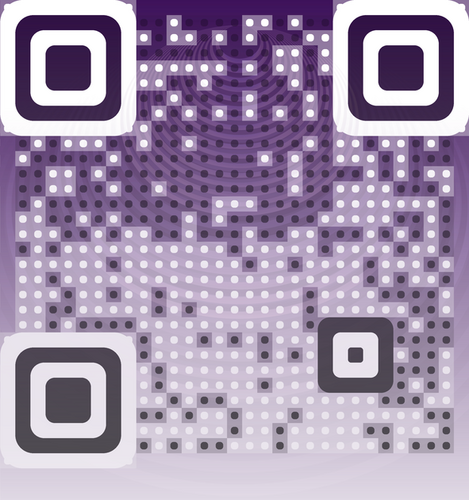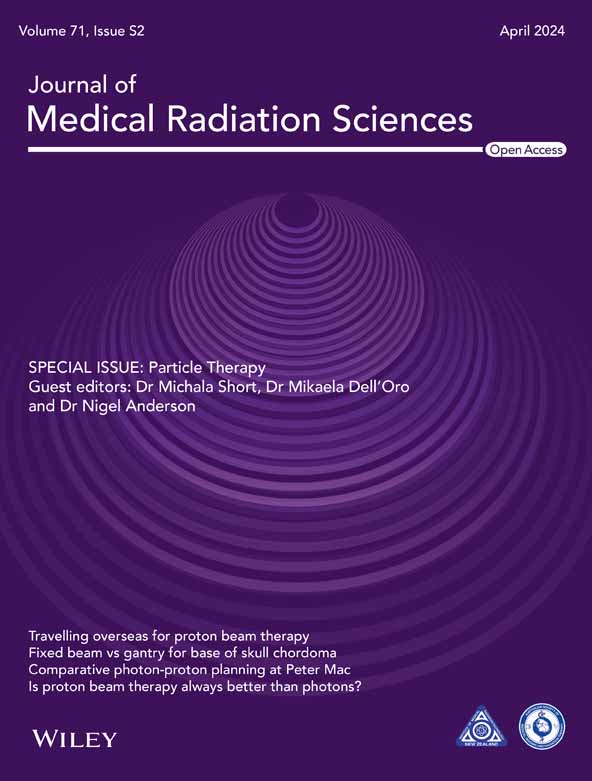Continuing Professional Development - Radiation Therapy
Maximise your CPD by reading the following selected article and answer the five questions. Please remember to self-claim your CPD and retain your supporting evidence. Answers will be available via the QR code and online at www.asmirt.org/news-and-publications/jmrs, as well as published in JMRS – Volume 71, Issue 4, December 2024.
Radiation Therapy – Original Article
Travelling overseas for proton beam therapy: A retrospective interview study
-
What is the primary advantage of proton beam therapy (PBT) over conventional photon treatment mentioned in the article?
- PBT is more cost-effective
- PBT uses high-energy x-ray beams
- PBT has a longer treatment duration
- PBT delivers radiation directly at the tumour with sparing of normal tissues
-
How do families in Australia currently access PBT treatment?
- Through a local government program
- By self-funding or applying to the Medical Treatment Overseas Program (MTOP)
- Only through participation in clinical trials
- Exclusively through the Royal Adelaide Hospital (RAH)
-
What does the Australian Medical Treatment Overseas Program (MTOP) provide financial assistance for?
- Only the cost of radiation therapy
- Treatment, accommodation and airfares for the patient and one support person
- Only airfares for the patient
- All medical expenses, including surgery and medications
-
In the study, what was identified as a significant gap in the literature regarding patients travelling for cancer treatment?
- Perceived experiences of patients and families travelling overseas for PBT
- Lack of information about treatment centres
- Economic burden for urban Australian patients
- Experiences of patients travelling for surgery
-
According to the research in the article, what challenges do paediatric and adolescent patients, along with their families, face when given a cancer diagnosis?
- Lack of treatment options
- Difficulty in accessing conventional radiation therapy
- Need for a supportive care model of practice
- Limited financial assistance from the MTOP
Recommended further reading:
- Kinahan KE, Kircher S, Altman J, et al. Promoting the shared-care model for adolescent and young adults with cancer: optimizing referrals and care coordination with primary care providers. J Natl Compr Canc Netw 2017; 15(1): 38–44. https://doi.org/10.6004/jnccn.2017.0005
- Knibbs V, Manley S. Being away from home for cancer treatment: a qualitative study of patient experience and supportive care needs during radiation therapy. J Med Radiat Sci 2022; 69(3): 336–47. https://doi.org/10.1002/jmrs.578
Answers
Scan this QR code to find the answers, or visit www.asmirt.org/news-and-publications/jmrs





